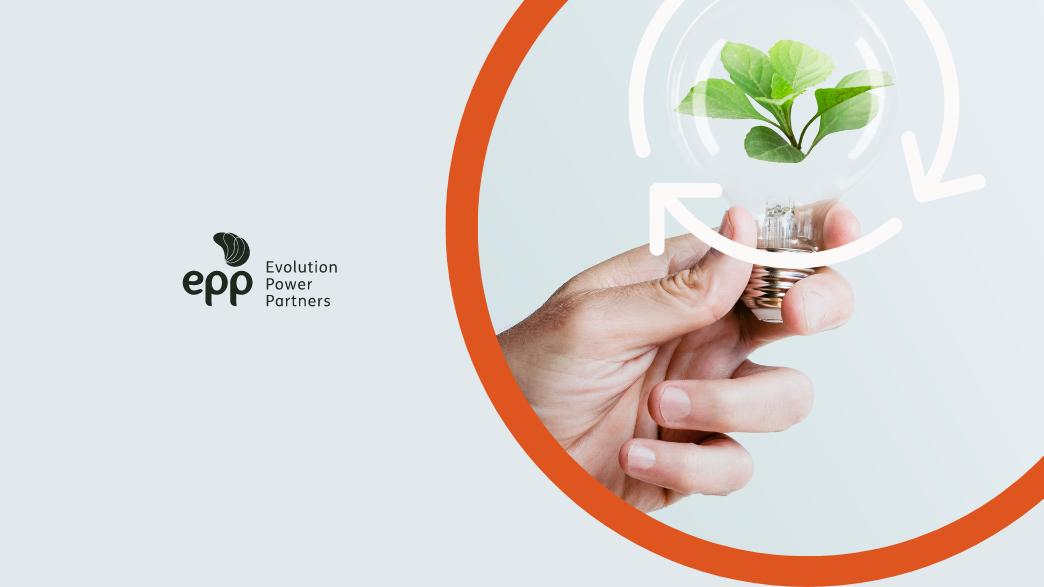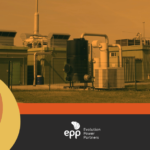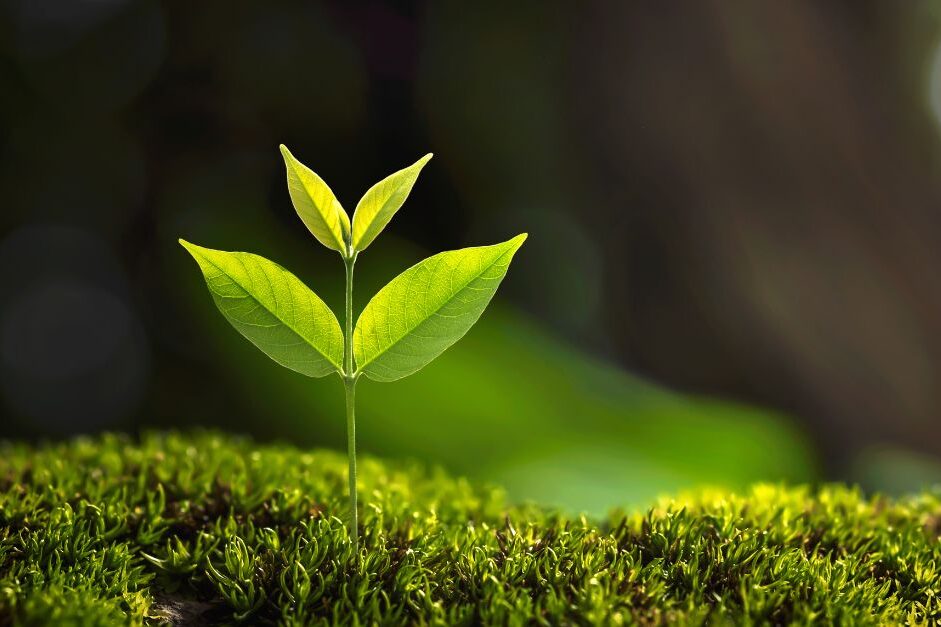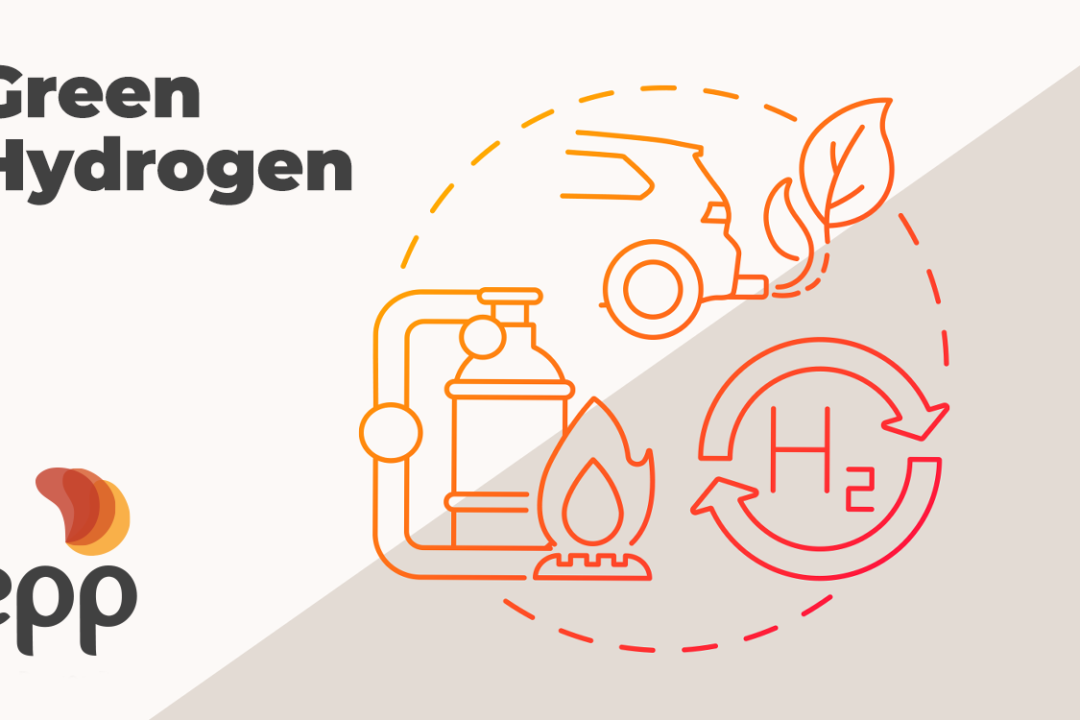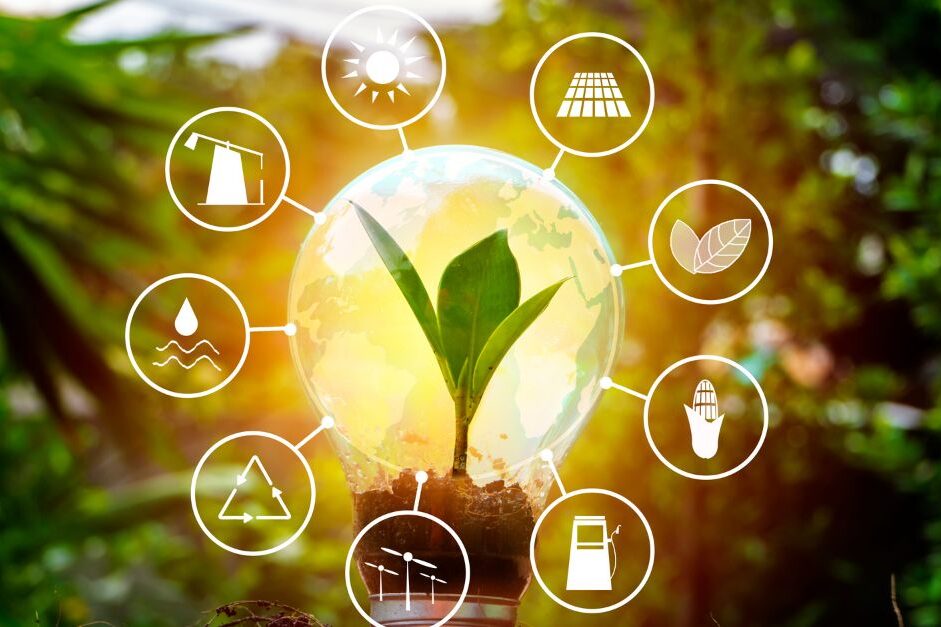The circular economy seeks the feasibility of economic development with the best use of resources in production.
The circular economy is a system developed to enable economics and environmental responsibility. Thus, the system proposes a review of the usual means of production and consumption.
According to the International Organization for Standardization (ISO), “it is an economic system that uses a systemic approach to maintain the circular flow of resources, by adding, retaining and regenerating their value, contributing to sustainable development.”
Its proposal is to unite innovation, technology, sustainability and financial cost, generating benefits for everyone involved in the production chain. In addition, companies investing in the circular economy are also encouraging ESG actions. That is, practices adopted by organizations that bring benefits to the environment, society and company governance.
The current economic model exploits resources that are finite. According to the UN, the world population is expected to grow by two billion people in the next 30 years, but will nature support the garbage produced by the entire population?
It was at the end of the 1970s that the ideas and practices of the circular economy began to be part of industrial processes and decisions of leaders and countries.
What is the circular economy?
Circular economy is a strategic concept in which resources used for production are reused for the production of new products, increasing the useful life of inputs.
Thus proposing a change in production chains and conciliation with economic growth, sustainability and social development.
Therefore, the name given is circular economy. The idea proposes a circularity in the economy, in which there is a continuous generation of goods, reducing impacts and generating more durable items or giving new purpose to their parts. The goal is for the system to become resilient, intelligent and prosperous.
It is possible to say that the circular economy works guided by three axes:
- Eliminate waste and pollution from the start;
- Keeping products and materials in use at their highest value;
- Regenerate natural systems.
Although it has many advantages, the circular economy still has challenges. One of them is that its implementation is done on a large scale and in a lasting way. After all, for it to work, it is necessary to reformulate an entire system, from legislation, to investments in companies and society.
In Brazil, one of the great challenges is to have a more efficient and lower cost recycling process, since the entire recycling process ends up generating new taxes, reaching a more expensive final value than a new product.
The circular economy and Brazil
Currently, the world lives in linear production models, that is, we extract, produce, consume and discard. But this model has already proved to be unsustainable for people and organizations.
Speaking of circular economy in technology, Brazil still needs to develop and make the population aware. In 2019, we generated more than two million tons of e-waste, 99% of which was disposed of incorrectly. In addition, we are the fifth country in the world ranking of electronic waste production.
However, in other sectors we are more advanced. According to a survey carried out in 2019 by the National Confederation of Industry (CNI), 76.5% of companies in the industry sector are engaged in the circular economy system.
In addition, since 2010, the National Solid Waste Policy (PNRS) has been implemented, a law that organizes the way in which the country deals with garbage, demanding transparency from the sectors in the management of their waste.
With the legislation, the biogas and biomethane power generation model was encouraged and new projects began to emerge. Biomass is one of the resources that can be reused to the fullest in the circular economy. Sugarcane, for example, can be used since its harvest, becoming several products and its bagasse can still generate bioelectricity and be used as energy for the farm itself.
URCA Energia, after acquiring Gás Verde, became the largest producer of biomethane in the country, a sustainable biofuel that contributes to the preservation of the environment and has great potential to transform the energy matrix of Brazilian companies. A process aligned with the circular economy, since it is produced from landfills. The associate EVA Energia generates clean and renewable energy from its own biogas plants from sanitary landfills and swine farming. Together, they add up to about 20MW of installed capacity and also contribute to the circular economy, while generating savings in companies’ electricity bills.
Therefore, the circular economy is a proposal that is already part of some sectors, but that should develop in the coming years and become more viable on large scales. Did you like the content? Leave your comment on the post!
